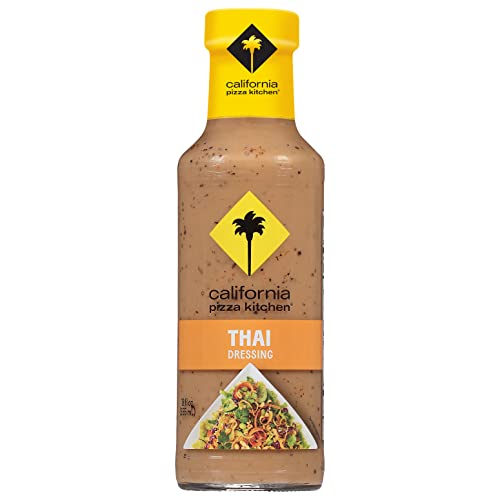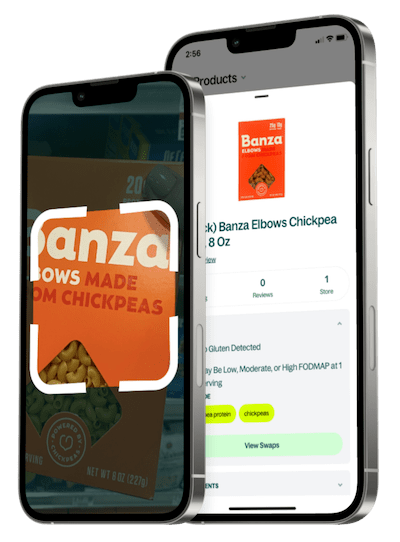Is California Pizza Kitchen Thai Dressing Vegan?

Description
Bright, sweet-savory flavor with balanced tang and mild heat; smooth, creamy texture that coats greens evenly. Commonly used as a salad dressing, dipping sauce for appetizers, or marinade for proteins. Reviewers cite consistent taste, convenient bottle format, and versatility, noting it adds bold flavor without overpowering other components across meals.

Description
Bright, sweet-savory flavor with balanced tang and mild heat; smooth, creamy texture that coats greens evenly. Commonly used as a salad dressing, dipping sauce for appetizers, or marinade for proteins. Reviewers cite consistent taste, convenient bottle format, and versatility, noting it adds bold flavor without overpowering other components across meals.
Ingredients
Water, sugar, sunflower seed butter (sunflower seeds, sugar, mono- and diglycerides, salt), rice vinegar, soy sauce (water, wheat, soybeans, salt, alcohol, lactic acid), brown sugar, sesame oil, distilled vinegar, less than 2% of dried ginger, salt, vegetable oil (canola and/or soybean oil), modified corn starch, spices, natural flavor, xanthan gum, potassium sorbate, sodium benzoate, and calcium disodium EDTA (to protect quality). Contains 5% or less of sesame seeds, soy, and wheat.
What is a Vegan diet?
A vegan diet excludes all animal-derived foods, including meat, poultry, fish, dairy, eggs, and honey. It focuses on plant-based sources such as fruits, vegetables, grains, legumes, nuts, and seeds. Many people choose veganism for ethical, environmental, or health reasons. When well-planned, it provides sufficient protein, fiber, and antioxidants, though supplementation or fortified foods may be needed for nutrients like vitamin B12, iron, and omega-3 fatty acids. Vegan diets are associated with lower risks of heart disease and improved digestion but require mindfulness to ensure balanced and complete nutrition.


